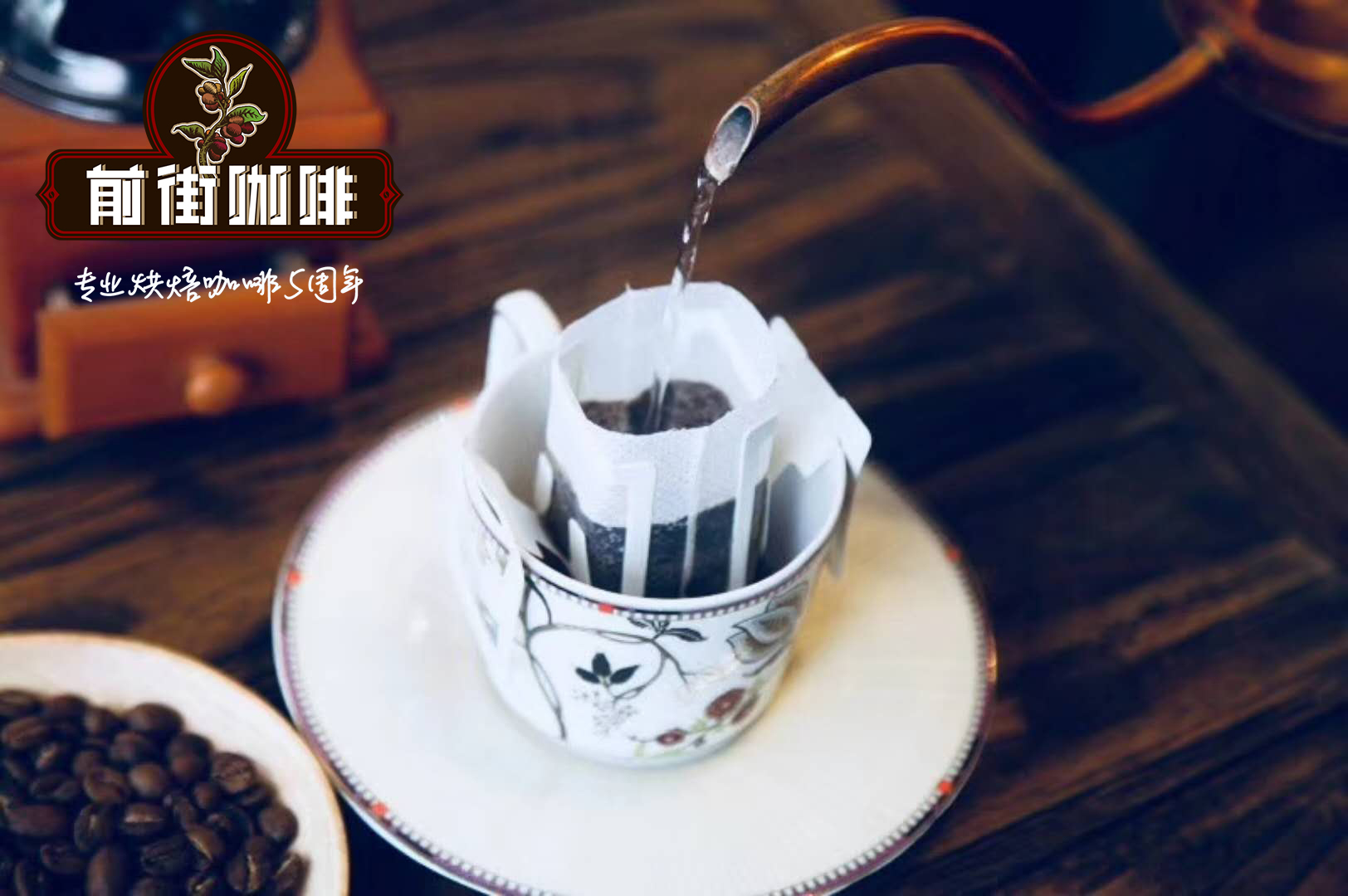Boutique coffee beans | what is the reaction when coffee is roasted? why the coffee is rich in flavor

Do you know what happens when you bake coffee? What changes have taken place to turn mung beans into our favorite delicious, fragrant coffee beans?
In the first part of this two-part series, we studied how the anatomical structure of coffee beans played an important role and outlined the physical changes that took place during roasting. Now, let's take a look at some chemical changes, including how flavor and aroma develop.
Main chemical reaction
The heat of introducing coffee beans into the roaster can trigger hundreds of different chemical reactions. Roasting will degrade some compounds, change others, and produce new compounds.
You may hear people mention a chemical process called pyrolysis. This is a volatile compound produced when an organic material is heated above its decomposition temperature, leaving a solid residue containing large amounts of carbon or carbon. In coffee roasting, we avoid heating coffee beans and causing coke, but they undergo chemical changes related to pyrolysis, including the caramelization of sugar and the production of volatile compounds.
Here are the main chemical reactions that affect your coffee every day.
Maillard reaction
This process begins at about 150 °C / 302 °F, when the beans still absorb heat and continue in the exothermic part of the baking. Calories cause a reaction between carbohydrates and amino acids in legumes. This can lead to changes in color, flavor and nutrients.
The change in color is attributed to the production of melanin. These macromolecules not only make beans brown, but also help taste and body.
Subtle changes in temperature and time length in Maillard reaction may have a significant impact on the final appearance of coffee.
It is reported that the viscosity of coffee that takes longer in Maillard reaction increases. The shorter the duration of Maillard, the higher the sense of sweetness and acidity. Part of the reason is that if coffee stays in Maillard reaction for too long, it destroys the acid that produces fruity and sweetness.
When the roaster tests the roasting curve, it includes changing the length and strength of Maillard reaction and recording its effect on the roasting curve.
Stryker degeneration
This process depends on the Merard reaction. Amino acids react with carbonyl molecules to form aldehydes and ketones. As roasters, we do not need to know exactly what these compounds are-it is important to recognize that this reaction is essential for compounds that produce aroma and flavor.
Caramelization reaction
At about 170 °C / 338 °F, heat causes a large number of complex carbohydrates to break down into smaller sugar molecules that are soluble in water. This means that the sweetness of the finished product will be improved. The reaction lasts until the end of the baking and also contributes to the sweetness in the aroma of coffee, such as caramel and almonds.
Volatile and non-volatile compounds
You may hear information about volatile and non-volatile compounds in roasted coffee. Usually, volatile compounds are responsible for aroma, and some non-volatile compounds are responsible for aroma. But what are they?
Volatile compounds are organic chemicals with high vapor pressure at room temperature. Many of them are formed by the degradation of Strecker in the development stage of baking. When fragrant volatile compounds come out, we feel the typical smell of coffee. These include:
Aldehyde, increase fruit flavor, green aroma.
Furan produces the smell of caramel
Pyrazines, which smell like dirt.
Sulfur compounds, including 2-furfuryl mercaptan. Some of them have aromas commonly referred to as "roasted coffee", while others do not have an isolated smell. For example, methanethiol smells like rotten cabbage.
Guaiacol, with a smoky, spicy hue.
Carbon dioxide is a volatile compound that does not increase aroma, but affects the human body.
Nonvolatile compounds are only substances that are stable at room temperature. In other words, they don't evaporate. Some of these compounds change during the baking process, while others remain stable throughout the process. Many non-volatile compounds contribute to flavor and flavor.
Examples include caffeine, which produces some bitterness. Caffeine occurs naturally in coffee and remains the same during roasting. Other non-volatile compounds include sucrose, which provides sweetness, and lipids, which provide body and taste. Melanin, which produces color and body, is also a non-volatile compound.
The role of acid
Acids play an important role in producing aromas and are sensitive to heat. Baking degrades some acids and produces other acids.
For example, citric acid and tartaric acid, which produce fruity and sweetness, are broken down during baking, so long or overheated baking can greatly reduce the sweetness of the final flavor.
Coffee contains a lot of chlorogenic acid, which breaks down into caffeic acid and quinic acid when roasted. Both chlorogenic acid and quinic acid are thought to provide bitterness and astringency.
Coffee roasting includes many chemical changes that contribute to the taste, aroma and body of the final cup. Many of these reactions are sensitive to changes in temperature and time of exposure to heat. As a result, small changes in baking technology can have a profound impact on the profile.
Understanding what happens during baking and why these changes occur can help you make wiser choices. If you outline how to create and change compounds during this process, you can better understand what went wrong or correct in the batch and use this information to improve the next one.
Important Notice :
前街咖啡 FrontStreet Coffee has moved to new addredd:
FrontStreet Coffee Address: 315,Donghua East Road,GuangZhou
Tel:020 38364473
- Prev

What is the price of Yemeni coffee? what factors affect the price of coffee? how to buy Yemeni coffee?
Yemeni coffee can make headlines about its price. Understandably, they usually sell for more than $60 per kilogram of greens. But why is Yemeni coffee so expensive? How much do you really give to the producer? Why does it still provide value for the roaster? Many coffee producers in Yemen have small farmers.
- Next

How does the acidity of hand-brewed coffee determine the factors that affect the acidity of coffee?
Acidity: this is a divergent word in coffee brewing. For some people, it gives off a sharp smell. For others, this is the noble attribute of high-quality coffee. There is no doubt that sour coffee is unpleasant. However, vibrant, bright and complex acidity (reminding you of drupes or sweet oranges) is highly valued by coffee professionals and special coffee consumers.
Related
- Detailed explanation of Jadeite planting Land in Panamanian Jadeite Manor introduction to the grading system of Jadeite competitive bidding, Red bid, Green bid and Rose Summer
- Story of Coffee planting in Brenka region of Costa Rica Stonehenge Manor anaerobic heavy honey treatment of flavor mouth
- What's on the barrel of Blue Mountain Coffee beans?
- Can American coffee also pull flowers? How to use hot American style to pull out a good-looking pattern?
- Can you make a cold extract with coffee beans? What is the right proportion for cold-extracted coffee formula?
- Indonesian PWN Gold Mandrine Coffee Origin Features Flavor How to Chong? Mandolin coffee is American.
- A brief introduction to the flavor characteristics of Brazilian yellow bourbon coffee beans
- What is the effect of different water quality on the flavor of cold-extracted coffee? What kind of water is best for brewing coffee?
- Why do you think of Rose Summer whenever you mention Panamanian coffee?
- Introduction to the characteristics of authentic blue mountain coffee bean producing areas? What is the CIB Coffee Authority in Jamaica?

